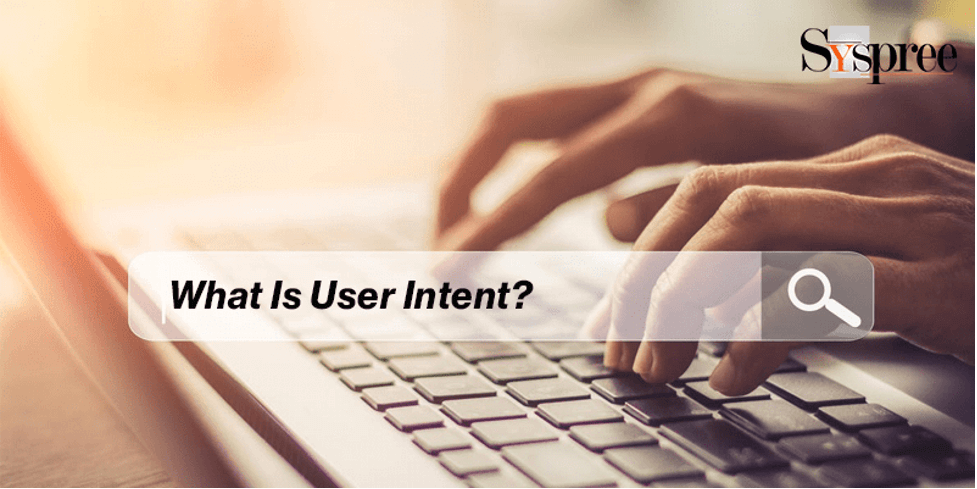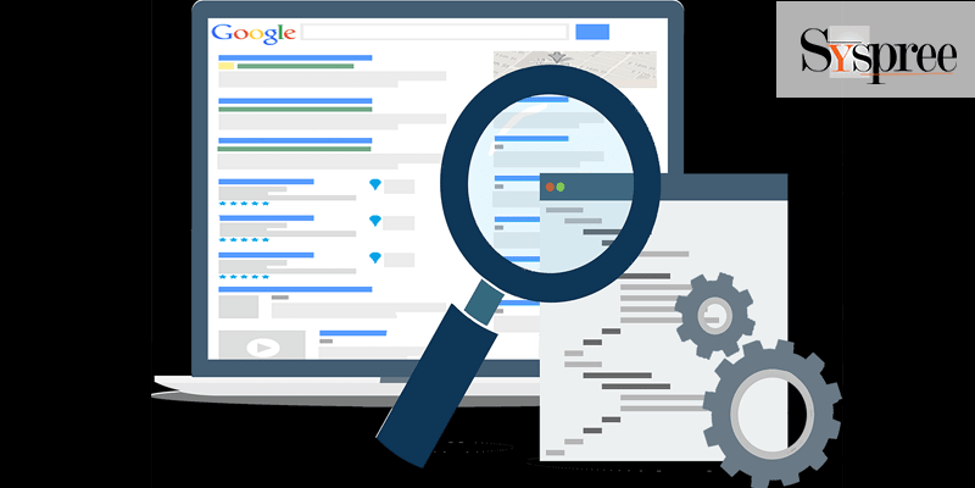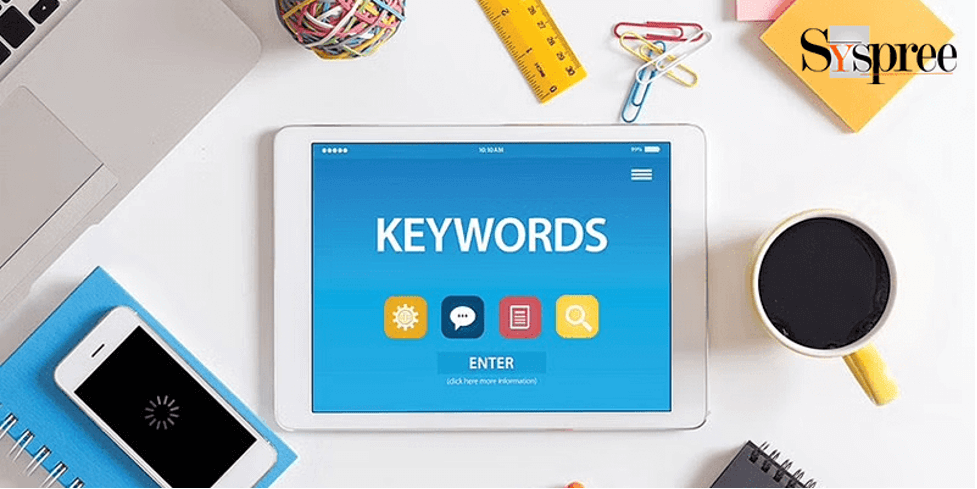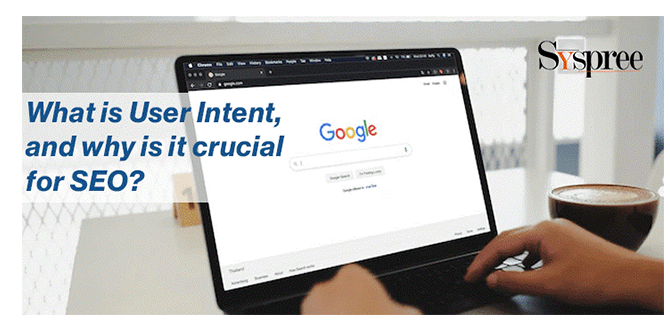If your goal is to rank on the first page of Google’s results for a given search term and there are multiple alternatives, then user intent will be the thing that makes or breaks your performance.
In this blog post by digital marketing company Singapore, we’ll go over user intent, how it affects SEO, and some easy ways to increase your chance of ranking.
So, let’s get started.
What Is User Intent?

What is User Intent?
User intent is the information a user has about the content they are interacting with within a system. The more relevant the content, the more likely users will interact with it.
The purpose of search engine optimization (SEO) is to increase the number of people who find your website in search results. This is done by optimizing your website for human readers and providing useful, accurate, and relevant content on your site.
In simple terms, if you want to rank higher on Google, you need to ensure that your pages provide users with what they are looking for.
For instance, if you offer a service and a customer search for “car repair,” you want to ensure that your website has pertinent content regarding car repair so that users can find it.
- User intent is important for SEO.
Is Google concerned about user intent?
Short answer: user intent satisfaction is Google’s primary goal, which is also a primary goal of SEOs.
If a user searches for a term but finds no relevant information, it signals to Google that the intent may be mismatched.
If a user searches for “How to build a website” and is presented with a bunch of pages about CMS platforms and hosting websites, they will try another search and not click on any.
This signal is sent to Google by telling it that the results are irrelevant to the user’s intent.
- Expand your reach to all funnel stages
It is crucial to remember user intent when running a business or building a content marketing strategy that works.
Why is this important? You can reach more people if your content matches different user intents. This will allow you to reach more people at different stages of your funnel.
You can increase your chances of reaching everyone, from those still searching for your brand to those ready to convert.
- Rankings can be improved

Rankings can be improved
Google’s main ranking factors are relevancy, authority, and user satisfaction. It’s simple to see how improving keyword targeting to reflect user intent can help improve your overall rankings.
Relevance is a function of your user’s behavior. They’re more likely to find what they are looking for on your website than to go to Google in seconds to search for another result.
This is called pogo-sticking. When your content is relevant to user intention, you’ll see changes in KPIs like click-through or bounce rates.
- Authority:Although backlinks are a large part of a site’s authority, it is also crucial to have an internal linking strategy that signals to Google that there is a lot of content on the topic. This will help you rank highly.
You can also increase your brand’s authority and visibility by creating relevant content related to topics you are well-versed in that fulfil different intents.
- User satisfaction:Does your content add value? Is it relevant to your audience, and does it satisfy them? That’s the end of the story.
User intent types and how to recognize them

User intent types and how to recognize them
To ascertain user intent, all you have to do is take a glance at the search engine result pages (SERPs) to check what is appearing in the best rankings. Google has completed our task.
I mean that if Google displays a website in the first position, but all users click on the third result, Google will utilize this information to reorder the SERP and provide the most pertinent content at the top.
Therefore, all we need to do to determine the purpose of a search is to match it with the top result(s). Before we dive into how to optimize content, let’s take a look at the primary types of user intent mentioned by the best SEO agency in Singapore:
- Informational
- Navigational
- Commercial
- Transactional
- Informational intent
When we describe a search as informational, we mean that users are looking for educational material.
That could be a very precise detail like the time of day or the weather, or it could be a strategy manual like this one.
Because Google is primarily an informative engine, informational queries are the most prevalent. Think of the last searches you did on Google.
How many of those were to look up a word’s translation, discover how to unclog a drain, or discover what another movie that actor appeared in because you are positive you know who he is?
Many times, these questions include words or phrases like:
- How to
- Why
- What is
- Where do I
- The Best way to
Here’s an illustration: The top result for “how to utilize face wipes” on Google is as follows:
It’s a piece of information that pertains to a certain industry and provides a thorough explanation of how to use the product you sell.
Ranking for this question ensures that we are at the top of their minds when they are ready to make the purchase, as most customers research how to use a product before making a purchase.
Of course, that one has a pretty clear user intent. What about more ambiguous queries?
Let’s examine the SERP for the query “making my house shine” in more detail:
Following the featured excerpt, there is a box of questions and answers about the subject.
This people also ask (PAA) section demonstrates how Google relates this inquiry to inquiries like “What are some cleaning tips?” There is no product carousel or other product-driven outcome.
Informational components are also in positions 2, 3, and 4. The purpose of this is educational.
How to make your website more informative: In-depth guides, lists of advice, checklists, and other instructional content are typically the greatest fits for informational questions regarding content marketing.
- Navigational intent
The query has a navigational purpose when a search is conducted to find a page from a certain source. For instance, it can be difficult to search for a new app without including “Zapier” in your search term.
Naturally, you don’t want to appear in search results for navigational terms intended for other websites because, well, what’s the point? However, it would help if you keep an eye on your position for your own company or brand name.
This is a significant indication of brand recognition and authority, which your marketing campaign should work to increase. The SERP is naturally full of results from our domain.
You can recognize these queries because they all follow pretty much the same formula (or a slight variation of it): {product/service name} + brand name, or vice versa.
How to optimize for navigational intent: According to SEO company in Singapore, Building a strong brand around a topic or niche is the best way to optimize your website for this type of user intent.
Instead of just being found once through a Google search, you want your website to become a resource that people save and frequently visit.
- Commercial intent
People considering buying a product or service may search for it commercially. In most cases, they contain adjectives and phrases like “best” or “which {product} should I buy?”
Many affiliate marketing websites concentrate on these issues. Commercial terms like “what are the best wipes for my gym” and “how to choose the perfect dishwasher” are used since the customer is looking for information to purchase.
How to optimize for commercial intent: The actual product listings don’t typically score well for these searches. Articles that evaluate or contrast several products are becoming prevalent.
- Transactional intent
In most cases, users motivated by transactional user intent are ready to buy. They use combinations like:
- Buy + {product name}
- {product name} + price
- {product name}
- Discount + {product name}
You’re more likely to encounter specific product sites than product comparisons or listings.
Finding User Intent

Finding User Intent
This is a quick way to determine user intention around a topic. It would be best if you had a focus topic in mind that is relevant to your publishing content.
Next, look at the top results in its SERPs. These are the top-ranking sites for this search. They generally meet user intent.
They answer the searcher’s questions. Sites with high domain authority may sometimes be exceptions. You may need to modify the content if you are trying to create articles on a topic irrelevant to your user intent.
Voice search is becoming more popular, so users often ask questions to perform their searches. This can guide you in your title and focus topic. Using strategies that focus on the buyer’s journey is also possible.
The experts at the top SEO company in Singapore share some examples of unsuccessful approaches. These are quite common mistakes.
- Companies sometimes try to increase organic traffic by using misleading titles. These titles are often based on well-known keywords.It makes the title appear relevant. The page’s content has changed drastically. This would indicate that there was no genuine effort to answer the query.
- Let’s take, for example, the article you are reading. What is User Intent? is how the article is titled.”. It aims to answer this question.Now imagine if the title and a brief description of SySpree Digital were kept. Imagine that we didn’t include any content related to user intent.
- The mismatch would be obvious to most readers. The site would be relegated to the scrap heap, reducing its credibility. Various factors could impact rankings, including a high bounce rate and shorter time on page.
- Traffic might increase initially, but visitors would not stay for very long. As they realized that the page was misleading, the trust would decline. They would choose another website if it came up again.
- Traffic that isn’t relevant to the user’s intent will not convert. It is harmful in both the short- and long-term. It is a waste of time and a slap on your reputation.
You must understand your users’ needs to increase conversion rates. This will attract them to your website and keep them there.
What Influences User Intent?
Depending on many factors, the reason users search for specific information may change. Seasonality is just one.
Customers might use a particular keyword to locate information throughout the year, but only if they intend to purchase within a certain time frame.
Another example is a shift in how users search for information about a topic. Take the phrase iPhone 5. I can only imagine that most people searched for this phrase in 2012 when the phone was launched.
However, today, the intent of the query is more informational. To fix any problems with their device, they can install the most current operating system or find historical data.
- Keyword intent

Keyword Intent
We can gain insight into users’ intent by analyzing what words they use for their search queries. It also works in the reverse direction. You can increase your chances of being found by people with the same user intent as you by using intent-specific keywords.
What do intent-specific words mean? Keywords with transactional intent often include words such as:
- Buy
- Deal
- Discount
- Names of products
Another example: Informational searches may (but they don’t have to) include words such as:
- Information
- How to
- The Best way to
- Why?
Four techniques for user intent content optimization
Keep these user intents in mind when planning and creating content for your site. You’ll be able to offer useful information to your readers when they’re looking.
This will also increase your chances of getting an SEO boost.
- Match the format of content to the user intent
I think about the format to help the reader before creating any page.
Sometimes, this intuition is obvious. For example, if you search for “how to clean hospital scrubs,” a step-by, detailed guide will be more beneficial than an eBook.
To be certain, you can look at any query’s search results and see patterns in each result’s format.
- In the outline phase, use the “people also inquire” box
The “people also ask” box can be used for informational queries to locate common questions.
It is an easy way to provide information. Adding information to help our readers understand their safety and efficacy. Also, include a FAQ section to answer specific questions at the end of the page.
- User intent: Categorize content ideas
Do some keyword research before you start to plan your content ideas. Then categorize them according to user intent. This will help you visualize how widely distributed your content is. Is your content only informational?
These pieces are great for attracting traffic to your site, but, likely, they will not convert into customers. To support your sales team, what commercial intent-driven pages can you create?
Having everything in one location is crucial. I recommend a spreadsheet! It will enable you to get a fuller view. You can also organize your content, such as keywords and formats.
These are the column headers that I recommend you use in a user intention spreadsheet.
- Keyword/topic
- user intent
- Format of the content (listicles, in-depth guides, category/pillar pages, checklists, tools, etc.)
- Search volume
- Also, optimize for passive intent
Active intent refers to the most specific intent of the query. Google will prioritize lists of automation tools that users search for if they are searching for “tools to automate tasks.” You’ll find other resources and tips through any of these articles.
This content adds to the query’s passive or secondary intent. It helps you to automate better.
Consider what other doubts your user may have and what other motives they might have for searching to add context or solutions to your page.
Conclusion
Search intent is one of the most important factors to consider when optimizing content for search. If you don’t take user intent into account, you may inadvertently rank for terms that won’t drive traffic, or you won’t achieve your desired results.
Now that you know about user intent, its importance, and ways to optimize your content for your user, you should be well on your way to achieving a more successful search presence.








Thanks For Sharing. It Was Very Helpful.
We are glad to know you found the blog interesting